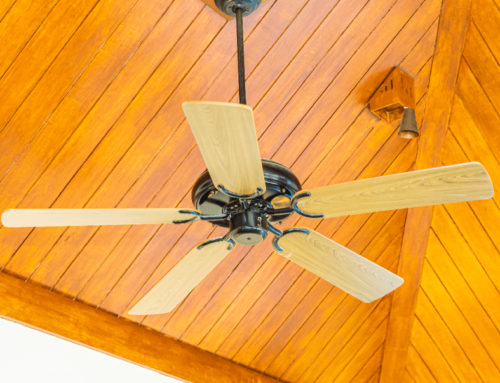Because wind is caused by the uneven heating of the atmosphere by the sun, the irregularities of the earth’s surface, and the rotation of the earth, it is technically a form of solar energy. Wind energy is created using wind turbines that capture the kinetic energy of the earth’s natural air flows to generate electricity. In brief, wind turbines turn moving air to power an electric generator that supplies an electric current. The wind turns the blades, the blades spin a shaft that’s connected to the generator which creates electricity.
Types of Wind Turbines
There are two types of wind energy turbines:
1. Horizontal-Axis Turbines
These types of turbines typically have three blades, similar to airplane propellers. All of the components (including the blades, shaft, and generator) are on top of a tall tower with the blades facing into the wind and the shaft horizontal to the ground. Nearly all of the wind turbines in use are horizontal axis turbines.
2. Vertical-Axis Turbines
The egg-beater, Darrieus style model, has blades that are attached to the top and the bottom of a vertical rotor. Although they have been around for centuries, very few exist today because they do not perform as well as horizontal-axis turbines.
Wind turbines stand together on wind farms which function as a single power plant that puts electricity onto the grid. Once wind energy is on the main power grid, electric utilities will deliver the electricity where it is needed.
Wind is an important source of renewable energy, contributing to 6.3% of the nation’s electricity supply. There are more than 58,185 land-based wind turbines operating across 43 states, Guam, and Puerto Rico representing more than 90 gigawatts of energy capacity. The US offshore wind industry is seeing momentum as well and currently contains more than 25,000 megawatts of potential capacity across 13 states.
Types of Wind Energy
There are three major types of wind energy.
1. Utility-Scale Wind
Utility-scale wind encompasses wind turbines that range in size from 100 kilowatts to several megawatts, where electricity is supplied to the power grid and distributed to the end user by electric utilities or power operators.
2. Offshore Wind
Wind turbines that are erected in large bodies of water. These are generally larger than onshore turbines, and because the larger the turbine the greater the efficiency, they are able to generate more power.
3. Distributed or “Small” Wind”
This applies to wind turbines below 100 kilowatts that are used to directly power a home, farm, or small business that is not connected to the grid.
With all of this being said, you may now be wondering how you can choose to power your home with wind energy. If you live in a deregulated energy state, you have the option to purchase wind energy directly from a wind supplier, or through a supplier who purchases renewable energy certificates (RECs) sourced from wind, such as Kiwi Energy. RECs are contractual instruments that represent the full suite of attributes of 1 Megawatt-hour of renewable energy generation on the electricity grid, and allow you to contribute to the generation of clean, renewable energy.
Learn more about the electricity plans we offer Ohio and New York by contacting Kiwi Energy today!





